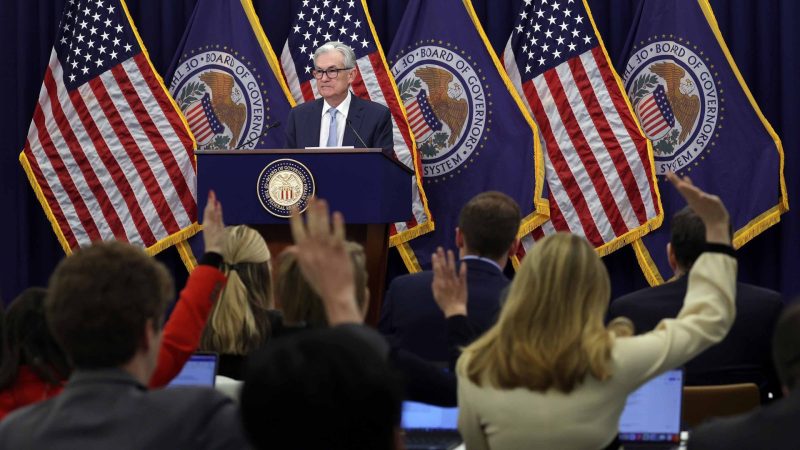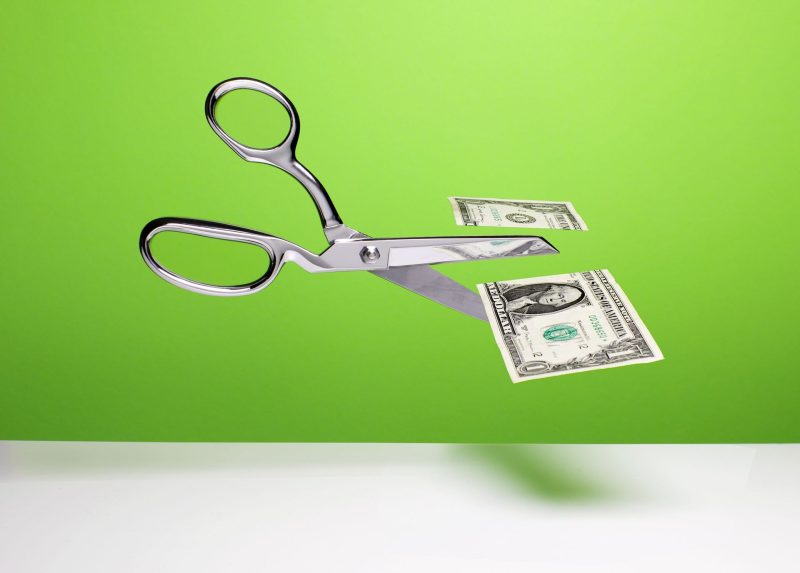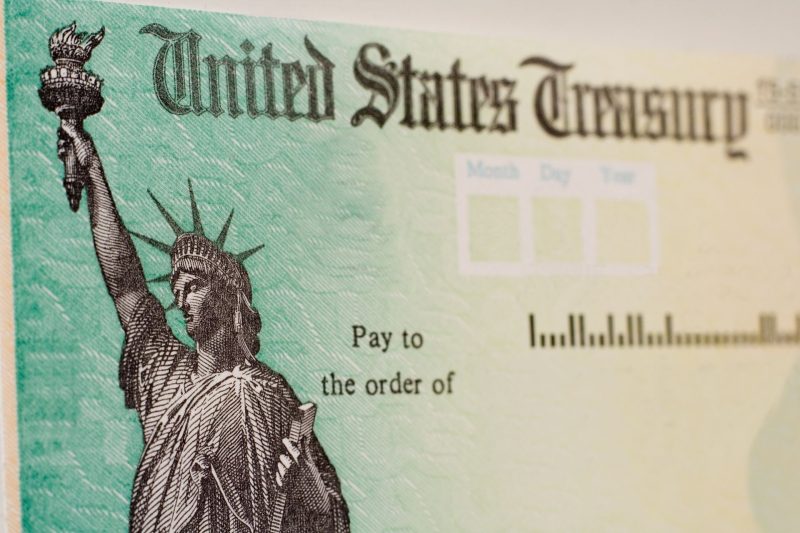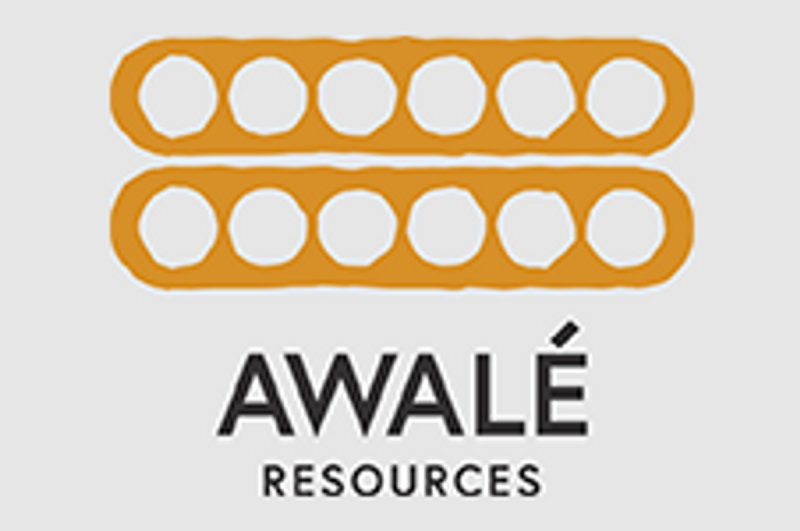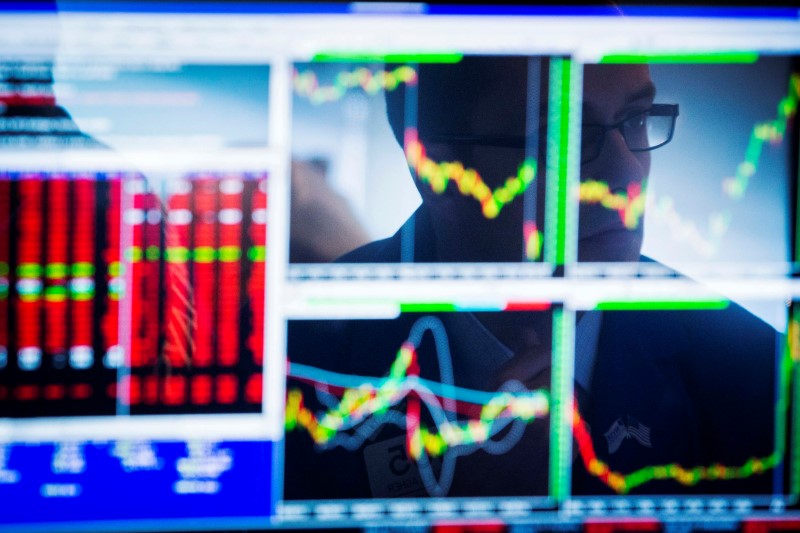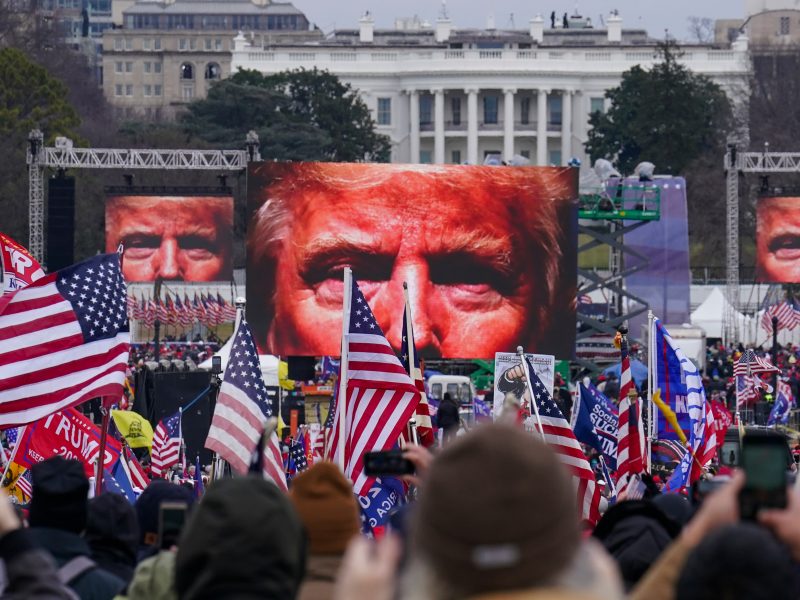What a Fed Rate Cut Means for Savings
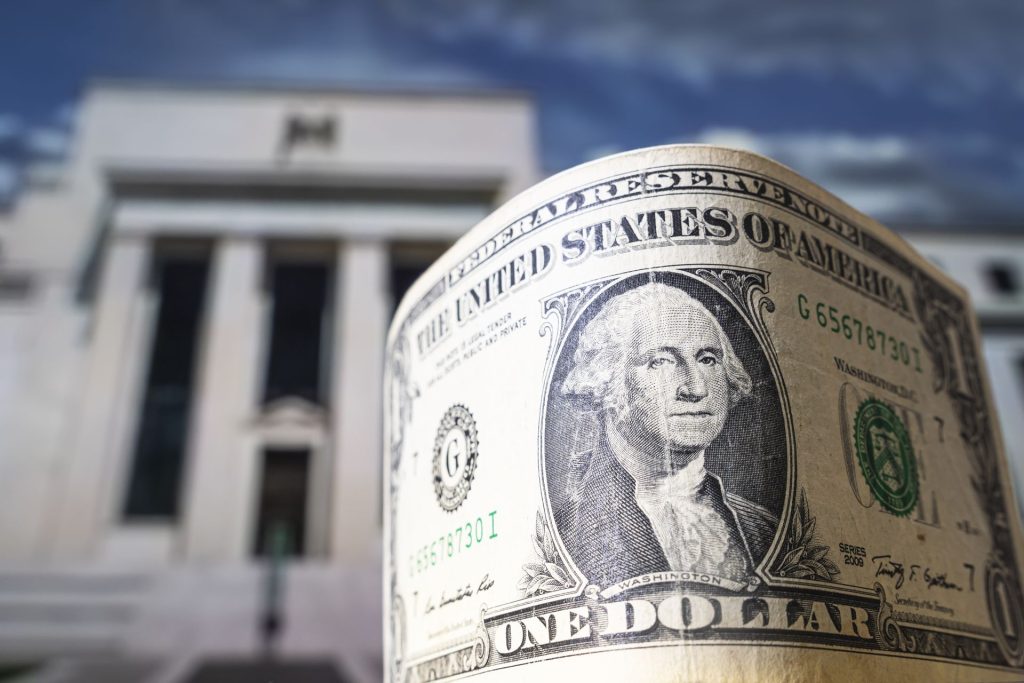
dollars on the background Federal Reserve Building in Washington DC, United States, FED
When the Fed raises interest rates, rates on savings accounts usually rise in tandem. For this reason, when the Fed started its rate-hiking campaign in March 2022 to reduce high inflation, savings rates rapidly rose. However, when the Fed finally cuts rates, which it’s expected to do later this month, this means that savings rates will also take a cut.
But don’t expect your savings rate to drop off right away. As of right now, some of the top-earning high-yield savings accounts and CD accounts offer rates of well over 4% and 5%, and after just one rate cut, these accounts should still offer competitive rates — just not as good as they once were. If your high-yield savings account has an APY of 4.50%, after the Fed makes its first rate cut of 25 basis points, you can expect it to drop to 4%, according to the Motley Fool.
But the Fed isn’t expected to stop after just one rate cut — and your savings rates will continue dropping throughout the next couple of years. Most central bankers expect one quarter-point cut to the federal funds rate this year, four more in 2025 and another four in 2026.
If you don’t already have one, it’s worth opening a high-yield savings account before the next Fed meeting, so you can take advantage of high rates before they significantly fall. Another option, which can help you avoid falling rates completely, is to open a CD account. Since the APY on a CD account is fixed, if you lock up your cash in one now, you won’t have to worry about your APY going down until the CD matures. Just make sure you’re comfortable with not being able to access your cash until the account matures.
The Fed’s impact on savings rates
At its last policy-setting meeting meeting, the Federal Reserve held interest rates steady for the eighth consecutive time. Before that, starting in March 2022, the Fed raised rates 11 times in an attempt to combat high inflation, which peaked at 9.1%. This brought the Federal Funds to a target range of 5.25% to 5.5%, the highest it’s been in 23 years. When the Fed began holding rates steady, savings rates started to inch downward.
But as inflation cools, the Fed will start to cut rates, and savings rates will drop even more. You can compare savings rates for both high-yield savings accounts and CDs below.
